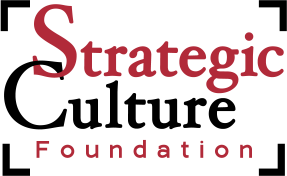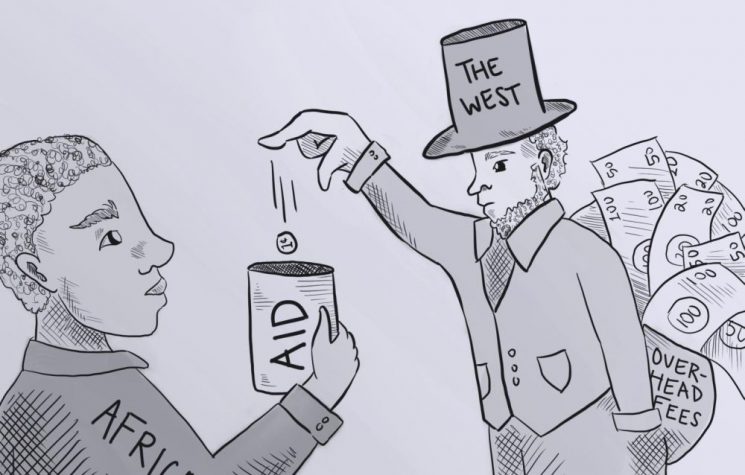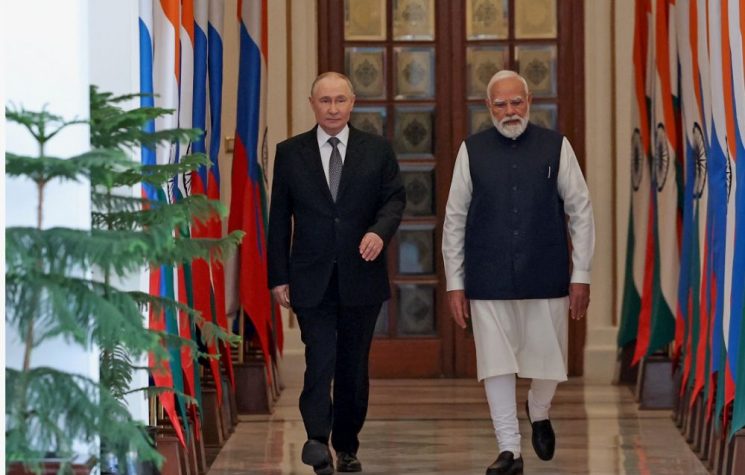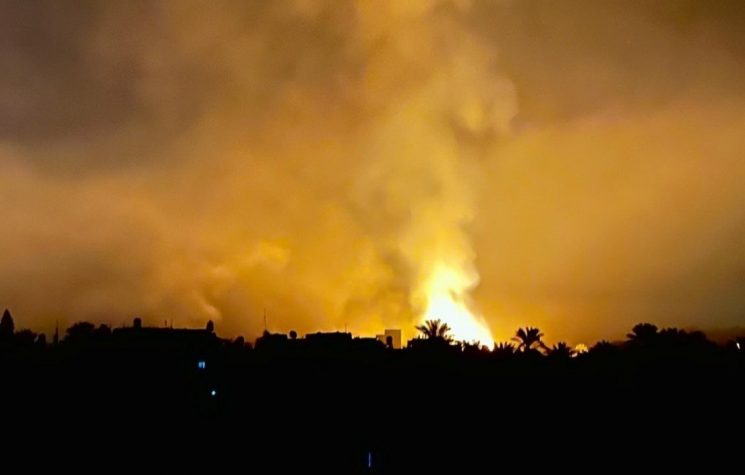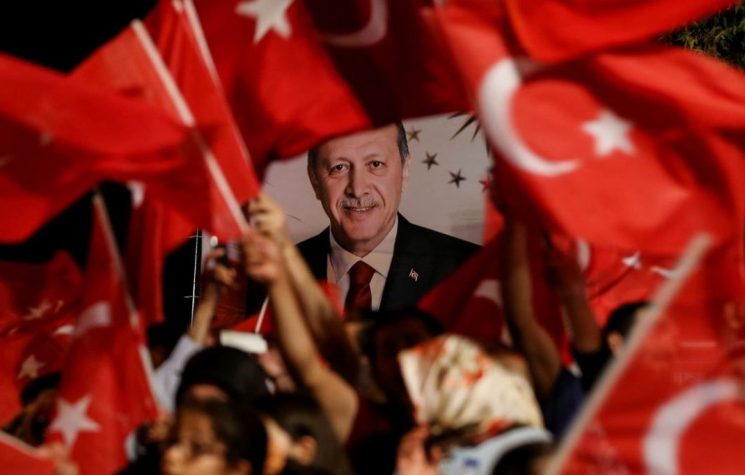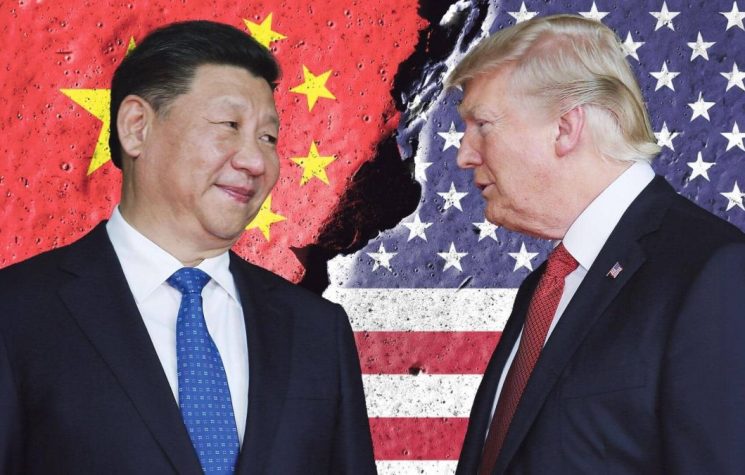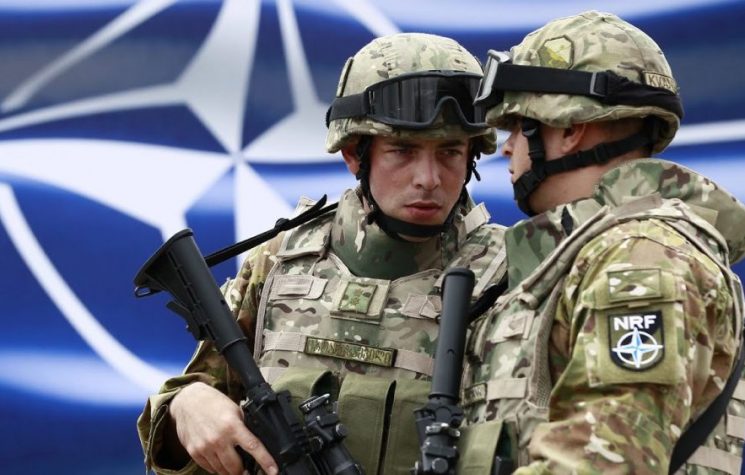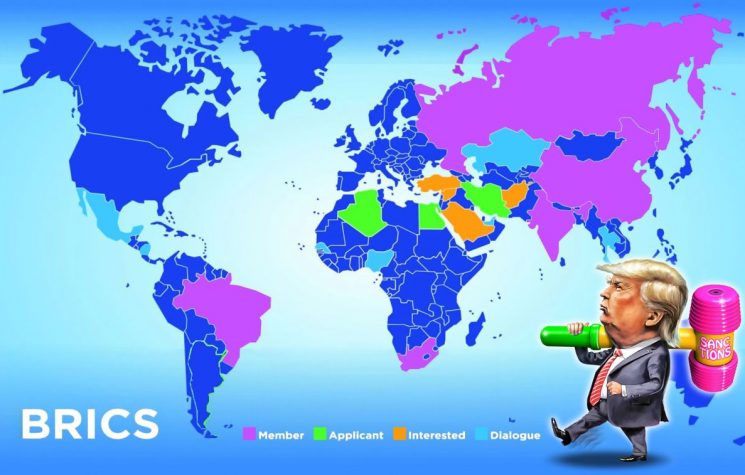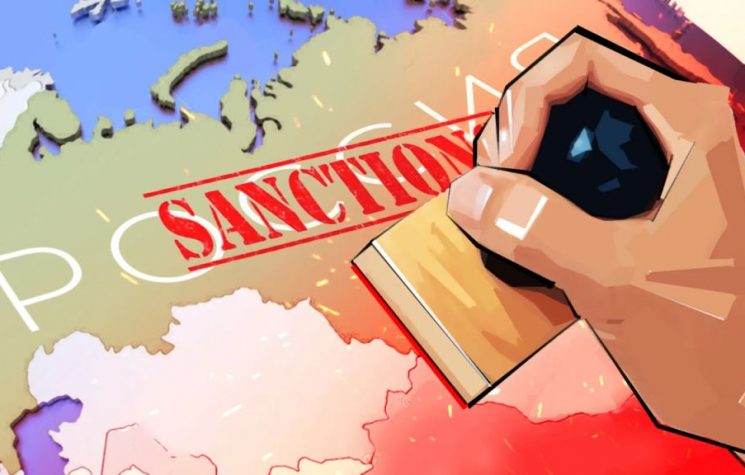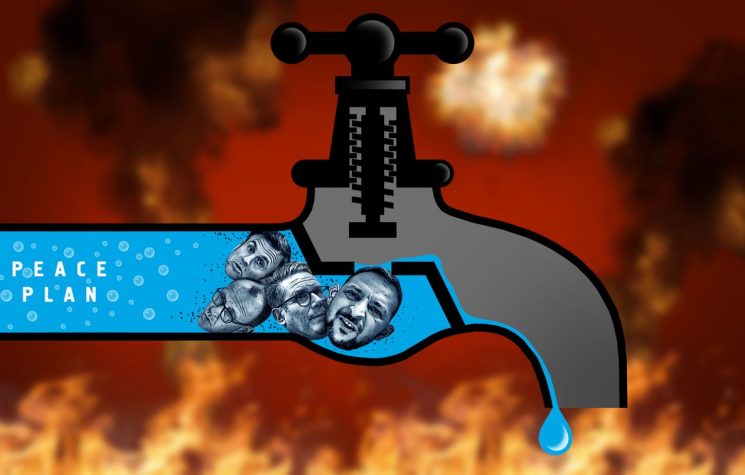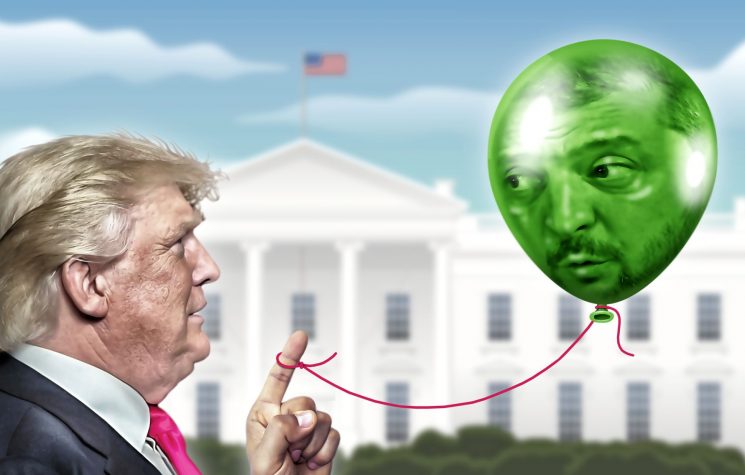The change of course in the style of global conflicts has already brought us to a condition of permanent war under a new perceptive guise.
Contact us: info@strategic-culture.su
The coordinates of low intensity conflicts
According to Western doctrine, a low intensity conflict is an armed conflict characterized by the limited and selective use of military force, hybridized with other strategic sectors and disciplines. These types of conflicts are situated between war and peace, involving a number of state and non-state actors in prolonged clashes that never reach the intensity of total war, but are nevertheless devastating and long-lasting for all parties involved.
This definition has its origins in the 70s, when the English General Frank Kitson, an expert in counterinsurgency, studied the methods to adopt in response to unconventional threats. The concept then became successful in the USA, and from 1986 became part of the common doctrine of the Atlantic Alliance.
The main characteristics of this type of conflict are:
- Limited use of force
- Prolonged duration
- Involvement of non-state actors
- Political and legal ambiguity
- Involvement of the civilian population
This has interesting strategic implications. Counterinsurgency operations, for example, involve a high level of infiltration into the social fabric of the areas involved; psychological warfare becomes central, along with information warfare, to prepare the psychological terrain and re-elaborate events; civil-military cooperation takes on a fundamental role of integration and assistance.
Traditionally, the intensity of a conflict is measured by analyzing the level of violence and the use of force, the geographical area involved, the number of actors involved, the duration of the conflict and the social and political impact. The analysis of these elements allows a classification to be drawn up.
The success in adopting LICs (Law Intensity Conflict) is also due to the profound ambiguity they create in terms of international law. There is in fact a problem: the lack of a formal declaration of war and the presence of non-state actors complicate the application of humanitarian norms. The Geneva Conventions are losing ground. Clearly, the protection of civilians is becoming very complicated, as is the recognition of responsibility for events.
LICs are one of the many types of conflict adopted in the great cauldron of the gray zone, where this type of problem is not new: “In the past, names such as irregular warfare, low intensity conflict, asymmetric warfare, military operations other than war, and small wars have been used to describe the phenomenon. President Kennedy spoke of the gray zone during his 1962 speech to the graduating class at West Point, when he said: it is a different kind of war, new in its intensity, old in its origins, a war of guerrillas, saboteurs, insurgents, assassins, a war of ambushes rather than battles, of infiltration instead of aggression, a war that seeks victory by exhausting its enemy rather than engaging it [1].
It is curious that, for Western “research centers”, the word “hybrid” is applied to any activity of Russia, and often also of China and Iran. For example, for authors working for NATO structures, Rosatom’s interactions with foreign partners are implicitly all hybrid activities [2].
What has become clear is that low-intensity conflicts have become a kind of justification, or perhaps more a targeted strategy, to maintain a constant state of alert and conflict.
We have seen this, for example, since 1945, when the Anglo-Americans placed the vast majority of the defeated countries in Europe under siege and military occupation, which has never ended. If this statement may seem excessive, consider how, first of all, the entire continent, with the whole of the so-called Western bloc, soon ended up in the Cold War, the hybrid conflict par excellence, which saw the oscillating alternation of various low intensity modulations, without ever reaching a true conventional attack. Furthermore, consider the conflicts in Vietnam or the Middle East, emblematic for their low intensity, which were training grounds for the next strategic steps. But also consider the state of permanent war that the USA has imposed on the whole world since 1989 and 1991, causing the gray zone to expand until it covers most of the planet. And finally, consider the numerous conflicts today, not least Special Military Operation and what follows in relations with the West.
The LIC is a less expensive and more profitable investment, it allows for a greater variation of strategies during the course of the operation and can more easily integrate collateral professionalism, people from the civil world and, therefore, distort the correct perception of the conflict, the attribution of responsibilities and international resolution.
Moving on to the problem of density
Let’s change parameters. Nowadays, having established that we have low intensity conflicts scattered almost everywhere and integrated through numerous hybrid warfare systems, we can consider the density of these conflicts.
Since it is a less codified concept than intensity, we can try to define it as an indicator of the intensity and frequency of conflicts that occur in a specific geographical area and at a specific time. We can therefore talk about:
- spatial density, calculated on the number of violent events distributed over the territory
- temporal density, considering the number of events concentrated over a period of time
- fire density, in the military sense, meaning the quantity of resources employed
- social density, as the concentration of the population affected or involved
Another observation we can make is that the density we are seeing today is practically that of a geographical and temporal saturation of specific areas: Europe and the Middle East in the first place, but also Africa, South America and East Asia. These are exactly the areas where we find psychological operations, information warfare, small armed conflicts being kept alive, and terrorist or criminal groups operating. Coincidentally – or perhaps it’s a coincidence? – all these areas are of great interest to the Anglo-American axis.
The result is therefore low intensity with high density. Where there are conflicts, they are tenuous, but very dense, no space is left for anything else and involvement must be maximum, if not physically then at least psychologically.
The coordination of several Low Intensity Conflicts with High Density Conflicts gives rise to a strategy of permanent war and tension that has been well known for at least 70 years. A world at war is a world that yields more money than a world at peace.
The problem with a high-density war is that it leaves no room for maneuver to get out of the conflict, because the unmasking key is mostly perceptive: since the intensity is not high enough, and therefore the fact that one is actually at war is not perceived, the density is also underestimated.
The threshold of cognitive activation is always kept at a distance, operating below the breaking point. The masses must not perceive the conflict as real.
A controlled management of dissonance takes place, constantly rationalizing the inconsistencies, presenting them as “enemy errors”, “transitional phrases”, “necessary sacrifices”, adopting a flexible narrative that can absorb criticism and soften cognitive tensions without giving in on the ideological core.
Then we need to proceed with media saturation, carefully controlling the communicative frames, filling the infosphere (fifth domain of war) with constant messages, even contradictory ones, as long as they prevent an autonomous and clear vision of reality. Distracting, confusing and multiplying versions, this is the usual procedure.
All this must take place under constant surveillance of dissent, publicly isolating those who question the narrative and inhibiting them from speaking, so as to maintain the illusion of consensus and, therefore, build and bind the dominant narrative to emotional identities, scapegoats, symbolic events, so that in case of dissent the psychological cost of doubt becomes very high.
There must always be escape valves, simulating an apparent pluralism so that nothing really changes, intercepting alternative ideas early on and defusing or neutralizing adversaries and enemies, so as to prevent the development of cognitive antibodies.
LIC-HDC are redefining the maps with which we read the existential territory of our civilizations, opening us up to very risky scenarios of interminable and barely perceptible conflicts.
[1] US Special Operations Command, The Gray Zone, White Paper, September 9, 2015, p. 19.
[2] Hybrid Atoms: Rosatom in Europe and Nuclear Energy in Belarus, March 11, 2021.
